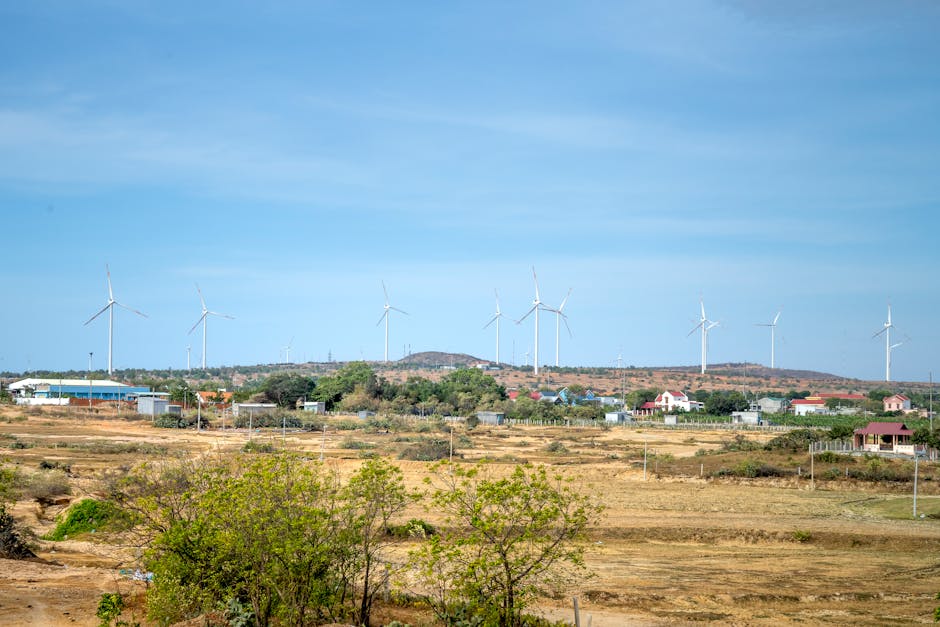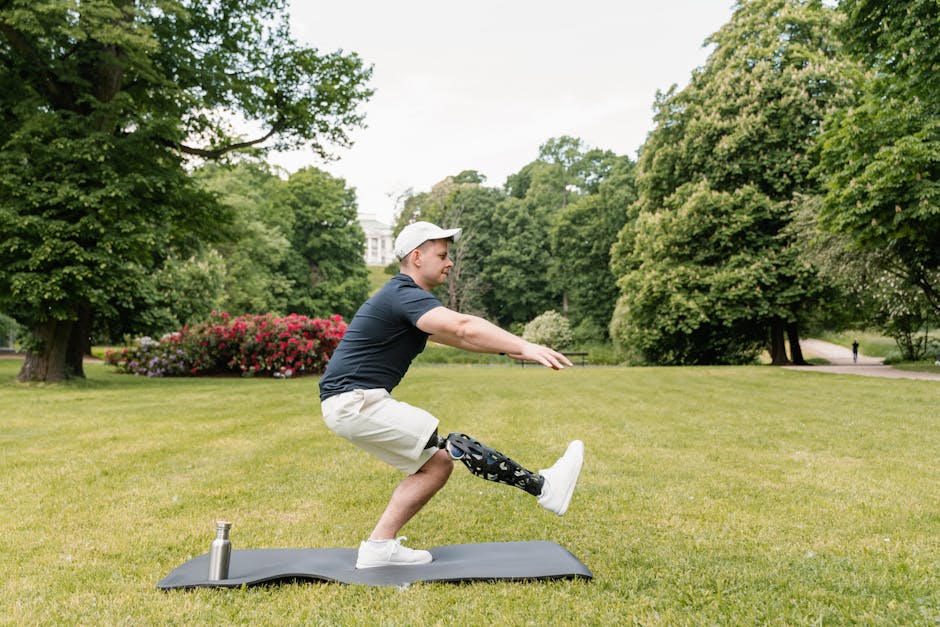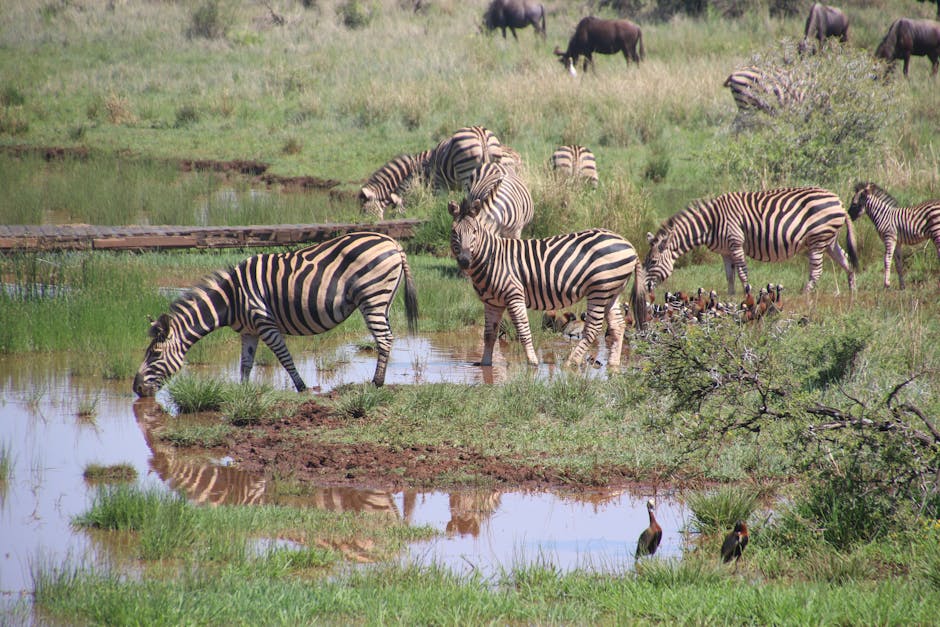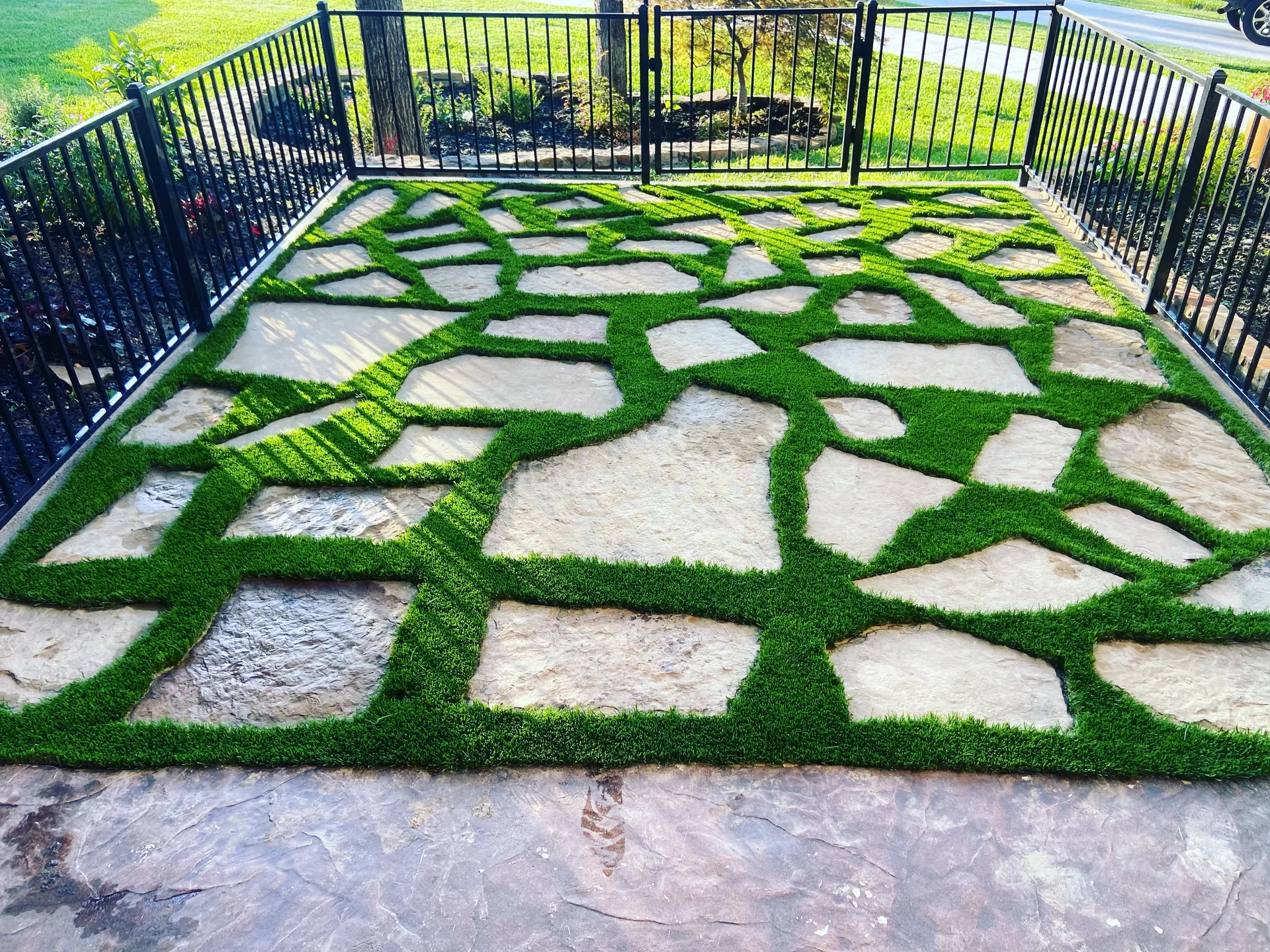
Introduction to Artificial Grass and its Usage Trends
1. Introduction to Artificial Grass and its Usage Trends
Artificial grass, also known as synthetic turf, is a surface made from synthetic fibers designed to imitate the look and feel of natural grass. It is used in a variety of settings, including residential lawns, sports fields, commercial properties, and public spaces. The adoption of artificial grass can be attributed to several factors, including reduced maintenance requirements and consistent appearance throughout the year.
The trend towards artificial grass has been growing steadily over the past few decades. Initially developed in the 1960s for sports fields, advancements in manufacturing technologies have significantly improved the quality and realism of synthetic turf. This development has broadened its application beyond sports to landscaping and recreational areas.
Recent statistics highlight the increasing prevalence of artificial grass installations:
- According to the Synthetic Turf Council, over 12,000 synthetic turf sports fields have been installed in North America as of 2020.
- The global artificial grass market size was valued at $3.01 billion in 2018 and is projected to reach $4.20 billion by 2025, growing at a CAGR of 4.1% from 2019 to 2025 (Allied Market Research).
The decision to switch to synthetic turf is often driven by its perceived benefits, which include durability, low maintenance, and water conservation. However, it is essential to consider both the advantages and potential environmental implications of using artificial grass in landscape planning
The table below summarizes some key differences between artificial grass and natural grass:
| Characteristic | Artificial Grass | Natural Grass |
|---|---|---|
| Maintenance | Low (no mowing, weeding, or fertilizers) | High (requires regular mowing, weeding, and fertilizing) |
| Water Usage | Minimal | High |
| Lifespan | 10-20 years | Indefinite (with proper care) |
| Installation Cost | High initial cost | Lower initial cost |
As demand for sustainable landscaping solutions grows, understanding the environmental impact of artificial grass becomes increasingly important. It is vital to evaluate both the short-term and long-term effects of synthetic turf on the environment, considering aspects such as production processes, water conservation, biodiversity, and end-of-life disposal.
Environmental Impact of Artificial Grass Production
The production of artificial grass involves multiple stages, each of which has specific environmental impacts. This chapter aims to break down these stages and evaluate their respective effects in a factual and unbiased manner.
Raw Material Extraction
Artificial grass is primarily composed of synthetic materials like polyethylene (PE), polypropylene (PP), and nylon. The extraction and processing of these raw materials have an environmental cost. The production of PE and PP, for example, is energy-intensive and results in significant CO2 emissions.
According to a study by the PlasticsEurope Association, the production of 1 kg of PE emits about 2.2 kg of CO2, while the production of 1 kg of PP emits approximately 1.8 kg of CO2. These figures help contextualize the environmental footprint attributed to the materials used in artificial grass.
Manufacturing Process
Once the raw materials are extracted, they undergo various manufacturing processes, including extrusion, tufting, and coating. Each step has its environmental considerations, such as energy consumption, emissions, and waste generation.
The extrusion process, where raw polymers are melted and shaped, can be particularly energy-intensive. According to a report by the U.S. Environmental Protection Agency (EPA), the manufacturing sector, including the plastics industry, accounts for approximately 23% of the country’s total energy consumption.
Transportation Costs
Transportation of raw materials to manufacturing plants and finished products to consumers also contributes to the environmental impact. The carbon footprint of transportation largely depends on the distance and mode of transport. According to the International Council on Clean Transportation (ICCT), road freight transport alone accounts for about 7% of global CO2 emissions.
Energy Consumption and Emissions
In terms of overall energy consumption and emissions during the entire production process, we can summarize the data as follows:
| Stage | CO2 Emissions (kg per 1 kg of artificial grass) |
|---|---|
| Raw Material Extraction | Varies (2.2 kg for PE, 1.8 kg for PP) |
| Manufacturing | Approximately 3.5 kg |
| Transportation | Variable |
It is essential to consider these figures in the broader context of environmental sustainability. While the production process for artificial grass involves considerable energy use and carbon emissions, it is crucial to weigh these against its potential benefits, which are discussed in subsequent chapters.
Water Conservation Benefits of Artificial Grass
One of the primary advantages of artificial grass is its significant potential for water conservation. Traditional natural grass lawns require a substantial amount of water to maintain their lush green appearance, particularly in arid or drought-prone regions. Conversely, artificial grass does not need watering, except for occasional cleaning. This reduction in water usage can have meaningful implications for sustainable landscaping.
According to the Environmental Protection Agency (EPA), landscape irrigation accounts for nearly one-third of all residential water use, amounting to nearly 9 billion gallons of water per day in the United States alone. By replacing natural grass with artificial grass, homeowners can dramatically reduce their water consumption.
Potential Water Savings
Various studies and data provide insights into the water savings associated with artificial grass:
- A study by the University of California, Riverside found that replacing a natural grass lawn with artificial grass can save approximately 55 gallons of water per square foot annually.
- The Southern Nevada Water Authority estimates that installing artificial turf can save between 55 and 70 gallons of water per square foot each year.
These statistics highlight that significant water savings can be achieved on a per-square-foot basis. For a standard-sized lawn, this can translate to thousands of gallons of water conserved annually.
Impact on Water Resources
Reduction in water usage through the adoption of artificial grass helps to alleviate the pressure on local water resources. This is particularly important in regions with limited water availability or in areas experiencing prolonged drought conditions:
- In California, for instance, water conservation efforts are crucial due to frequent droughts and the increasing demand for water resources. Artificial grass can be part of a broader strategy to reduce residential water use.
- Similarly, in Arizona, where desert landscaping is common, artificial grass offers an alternative that maintains aesthetic appeal while conserving water.
By decreasing reliance on irrigation, artificial grass lowers water utility costs for homeowners and contributes to broader community efforts to conserve water resources.
Considerations and Best Practices
While artificial grass provides water conservation benefits, it is important to manage and maintain it properly to maximize these advantages:
- Periodic cleaning: Although artificial grass lawns require significantly less water, they still need occasional rinsing to remove dust, debris, and pet waste.
- Material selection: Choosing high-quality artificial grass products can enhance durability and reduce the need for maintenance, ensuring long-term water savings.
Overall, the water conservation benefits of artificial grass underscore its potential role in sustainable landscaping. By reducing water consumption, homeowners and communities can contribute to environmental conservation efforts while enjoying the aesthetic and functional qualities of their outdoor spaces.
Biodiversity and Soil Health Considerations
Artificial grass has been increasingly adopted for its low maintenance requirements and aesthetically appealing characteristics. However, the impact on biodiversity and soil health is a significant area of concern.
Biodiversity Impact
Artificial grass installations can lead to a substantial reduction in local biodiversity. Unlike natural grass, synthetic turf does not provide habitats or food sources for various insects, birds, and other wildlife.
- A study from the Royal Horticultural Society indicates that gardens with artificial grass attract fewer pollinators, which could impact local plant populations that rely on them for reproduction.
- The absence of soil ecosystems means less microbial activity, leading to a loss of decomposers like fungi and bacteria that are vital for nutrient cycling.
Soil Health
The installation of artificial grass typically involves compacting the soil and laying down layers including a protective geotextile, a compacted base, and the artificial turf itself. This process has direct and indirect effects on soil health.
- Soil Compaction: The compaction process can affect soil structure, leading to poor drainage and aeration issues. Once the soil is compacted and covered, it has a limited ability to recover.
- Water Infiltration: According to research published in the journal Water, artificial grass surfaces are less permeable compared to natural grass, affecting water infiltration and potentially leading to increased surface runoff.
Additionally, the lack of plant roots in artificial grass installations means reduced soil stabilization, increasing the risk of erosion in areas where the synthetic turf is not maintained properly.
Temperature Regulation
A study reported by the Environmental Protection Agency (EPA) notes that artificial grass surfaces can reach higher temperatures compared to natural grass, influencing local microclimates. Elevated temperatures can exacerbate the urban heat island effect, affecting surrounding flora and fauna.
- Natural grass has a cooling effect due to evapotranspiration, a process absent in synthetic turf. This can lead to higher ground temperatures, impacting the resilience of nearby plants and animals.
In conclusion, while artificial grass offers several practical benefits, it’s essential to weigh these against its potential environmental impacts on biodiversity and soil health. Implementing strategies to mitigate these effects, such as incorporating natural vegetation and enhancing soil management practices, can help in creating more sustainable landscapes.
End-of-Life and Recycling Options for Artificial Grass
The end-of-life stage of artificial grass is a crucial factor in evaluating its overall environmental impact. Conventional disposal methods, such as landfilling, have significant environmental consequences, prompting a need for sustainable disposal and recycling solutions.
Artificial grass is primarily composed of plastic materials, such as polyethylene, polypropylene, and nylon. These synthetic materials do not decompose naturally, leading to long-term environmental concerns when disposed of improperly. Landfilling artificial grass can contribute to plastic pollution, which has adverse effects on ecosystems and wildlife.
To address these concerns, several recycling options have been developed for artificial grass. Recycling efforts typically involve separating the different materials used in artificial grass to repurpose them for other applications. The backing, infill materials, and fibers are processed and recycled to create new products. For example, recycled fibers can be used in the production of new synthetic turf, plastic products, and even construction materials.
A notable example of artificial grass recycling is the program initiated by companies such as TenCate Grass and its partners. These companies have established a dedicated recycling process known as “GreenFields recycling,” wherein used artificial grass is collected, cleaned, and processed to recover materials for new products. This closed-loop recycling approach aims to minimize waste and promote sustainability within the industry.
Other companies, such as Re-Match, are focusing on mechanical recycling techniques that ensure the complete separation of fibers, backing, and infill materials. Re-Match’s process allows for the high-quality recycling of each component, resulting in new materials that can be reused in various industries.
Moreover, some artificial grass suppliers have introduced take-back programs, encouraging consumers to return their used products for recycling. These programs not only facilitate the recycling process but also raise awareness about the importance of responsible disposal.
Despite these advancements, challenges remain in recycling artificial grass. The complex composition and the presence of contaminants, such as sand and organic matter, can hinder the recycling process. Additionally, the economic viability of recycling artificial grass is influenced by the fluctuating prices of virgin plastics and market demand for recycled materials.
In conclusion, while recycling artificial grass presents challenges, it is a critical component of sustainable landscaping practices. By embracing and improving recycling technologies, the environmental footprint of artificial grass can be significantly reduced. Continued innovation and collaboration between manufacturers, recyclers, and consumers are essential to achieving a more sustainable lifecycle for artificial grass products.
Comparative Analysis: Artificial Grass vs. Natural Grass
When evaluating the environmental impact of artificial grass compared to natural grass, several key factors must be considered. These include resource usage, maintenance requirements, and contributions to local ecosystems.
Resource Usage
Artificial grass requires significant resources for production, including petroleum-based materials and other chemicals. However, once installed, it does not need water for maintenance, which is a substantial resource saving. According to a study by the Water Resources Group, natural grass lawns consume approximately 2000 liters of water per square meter annually, a stark contrast to the zero water requirement for artificial grass.
Maintenance Requirements
Natural grass necessitates regular upkeep, including mowing, fertilizing, and pest control, all of which have environmental costs. For instance, gas-powered lawn mowers contribute to air pollution and greenhouse gas emissions. The U.S. Environmental Protection Agency (EPA) estimates that one hour of lawn mowing produces as much pollution as driving a car for 45 miles. Additionally, fertilizers and pesticides can lead to soil and water contamination.
On the other hand, artificial grass does not require mowing, fertilizing, or pesticides, which reduces these particular environmental impacts. However, it should be noted that maintaining cleanliness and reducing microbial growth on artificial surfaces might involve the use of cleaning agents with their own environmental footprints.
Local Ecosystem Contributions
Natural grass supports biodiversity by providing habitat and food sources for various insects, birds, and other wildlife. The presence of living plants also contributes to carbon sequestration and can help mitigate urban heat islands by providing natural cooling effects.
Conversely, artificial grass does not support local wildlife and can contribute to increased surface temperatures. Studies indicate that the surface temperature of artificial grass can be significantly higher than natural grass, leading to hotter micro-environments. This can exacerbate urban heat islands and reduce the comfort of the space.
Carbon Footprint
In terms of carbon footprint, natural grass can act as a carbon sink, absorbing CO2 from the atmosphere. However, the carbon sequestration benefits can be negated by the carbon emissions associated with its maintenance, such as emissions from lawn mowers and the production and application of fertilizers and pesticides.
Artificial grass, while not sequestering carbon, has a different carbon dynamic. The production of artificial grass materials is energy-intensive and emits greenhouse gases. Over the lifespan of the artificial turf, these initial emissions need to be weighed against the avoided emissions from maintenance activities that natural grass would otherwise require.
Waste and Recycling
At the end of its useful life, the disposal of both natural and artificial grass presents different environmental challenges. Natural grass can decompose and return nutrients to the soil, but artificial grass often ends up in landfills unless appropriate recycling methods are employed.
Recycling options for artificial grass are improving, though, with some manufacturers offering take-back programs and innovations in recycling technologies to repurpose old turf into new products or other applications.
Conclusion
The comparative analysis between artificial grass and natural grass reveals a complex balance of environmental impacts. While artificial grass offers significant benefits in terms of water conservation and reduced maintenance emissions, it also comes with high initial production costs and potential downsides related to local ecosystems and heat retention. Conversely, natural grass supports biodiversity and carbon sequestration but demands significant resources for maintenance. A comprehensive evaluation based on specific use cases and environmental priorities is essential to making informed decisions regarding sustainable landscaping.


